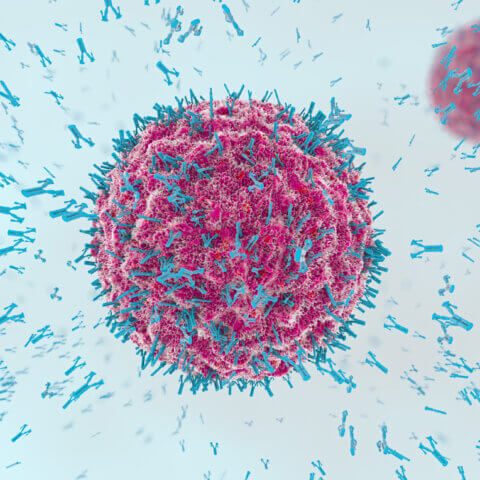The FDA is committed to increasing sponsor opportunities to apply RWD and RWE to support regulatory decision-making.1 The goal is to use quantities of available data, streamline the drug development process, and learn how interventions perform in real-world use, outside the strictly controlled limits of a clinical trial. According to legal and scientific standards, the agency judges each RWE-based drug development program and marketing application case by case.
1. 505(b)(2) pathway
The 505(b)(2) regulatory pathway for new drug approvals (NDA) enables sponsors to submit products for FDA review and include data and/or study results collected previously by another party. This strategy is suitable for drugs being submitted for a new indication or patient population and can eliminate the need to repeat safety studies. Efficacy evidence gleaned from fit-for-purpose RWD completes these submissions.
In cases of rare diseases or very ill patients, an extended randomized controlled trial (RCT) may not make sense. In these situations, sponsors may be able to combine real-word evidence with the results of a validation trial in a small population. The FDA may approve these therapies based on this limited data, but then require sponsors to carefully follow the patients’ progress in the real-world setting, collecting additional evidence for two to three years post-market. This safety and efficacy data has additional value for the patient and the community compared with clinical trial data because it is produced in an uncontrolled environment.
2. Follow-up studies
Under certain circumstances, the FDA may approve a therapy with limited data, but require ongoing post-marketing studies over an extended follow-up period to evaluate the asset. This approach can yield information an RCT would not, such as safety and effectiveness over a longer time period and in a broader population not subject to strict inclusion and exclusion criteria. It can also determine a product’s real-world economic performance and enable effectiveness comparisons with other treatments.2
3. Post-approval monitoring
The FDA uses RWD and RWE to monitor for post-market safety and adverse events. RWE gathered during this trend analysis can supplement an existing label or enable a sponsor to apply for approval for additional indications.
Occasionally gathered data raises questions regarding safety or efficacy in the post-approval phase. As a result, the FDA might ask for additional data or require sponsors to provide regular data and analysis updates for monitoring purposes.
RWE pathways will continue to evolve
Currently, RWE is not replacing clinical trials in the majority of cases. Instead, it is essentially another method for capturing data. Practical challenges with RWE include a lack of uniformity in collection and recording methods and irregular formats. These features result in integration challenges and limit the results’ usefulness and reliability.
However, as decentralized clinical trials (DCTs) become more prevalent, an increasingly ambitious approach may be possible. More sophisticated analytical methods, more rigorous methodologies for ensuring data quality, and more comprehensive datasets will likely open the door to trials that rely more heavily on RWE. As these models mature, new data management services will emerge to facilitate the incorporation and analysis of the available sources of unstructured data.
Key takeaways
Regulators are committed to finding reasonable ways to use the vast RWD resources available to improve and accelerate clinical research.
Sponsors have varying attitudes toward using RWD and RWE in clinical research. Some are enthusiastic and would like to completely leverage unstructured data to replace clinical trials. Others are interested in RWD, but feel that so much of it is unofficial and unstructured that its use represents too great a risk.
The best solution is somewhere in the middle. While the industry is not ready to replace RCTs with RWE, there are tried-and-true ways to leverage available RWD to support regulatory submissions. A fit-for purpose, sensible plan can allow sponsors to succeed in using RWE to enhance their overall data strategies. Click here to learn more.
[1] Real-World Evidence | FDA. U.S. Food & Drug Administration. www.fda.gov/science-research/science-and-research-special-topics/real-world-evidence. Published February 1, 2022. Accessed May 18, 2022.
[2] Blonde L, Khunti K, Harris SB, Meizinger C, Skolnik NS. Interpretation and Impact of Real-World Clinical Data for the Practicing Clinician. Advances in Therapy. 2018;35(11):1763-1774. doi:10.1007/s12325-018-0805-y




